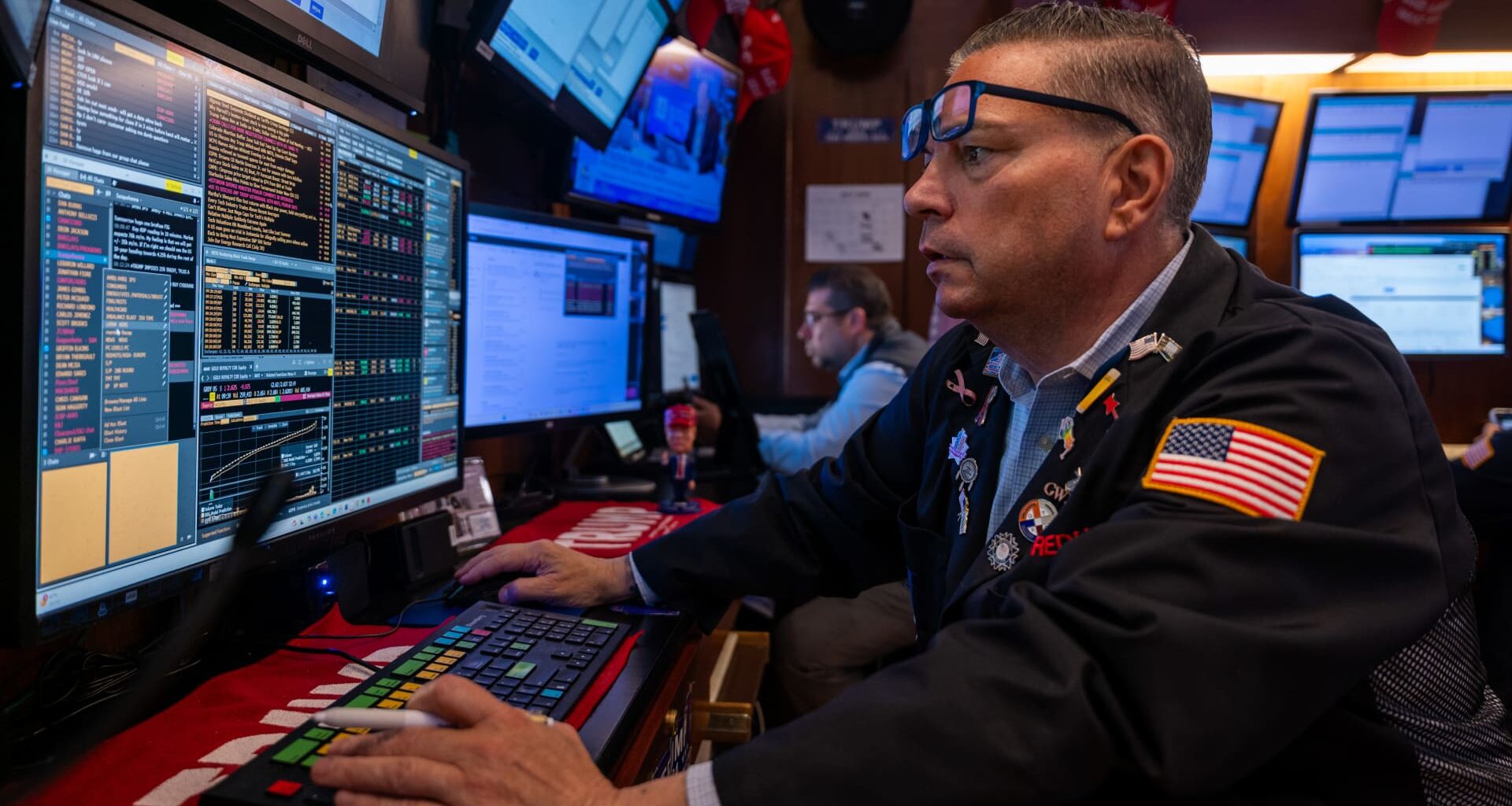Investors will largely be unbothered by this U.S. government shutdown — unless it drags on longer than the typical two-week stoppage. “When it comes to Washington, the market widely expected a shutdown to happen, so investors are largely sitting tight for now, but if this extends beyond two weeks, people will start to become more concerned,” wrote Adam Crisafulli of Vital Knowledge. Government shutdowns on average last about 14 days, based on data from Bank of America going back to 1990. And while the S & P 500 has averaged a 1% increase during these events, a prolonged closure could this time could rattle markets. Wolfe Research strategist Tobin Marcus expects this shut down to last more than one week, but less than the 2013 stoppage — which dragged on for 16 days. “This means the shutdown will very likely last long enough to delay some key economic data releases, but not long enough to deprive the FOMC of that data at their next meeting on Oct. 28-29. If the shutdown lasts through Friday, the Sep. payrolls report will be delayed. A protracted shutdown could also delay the collection of October payrolls data for November release,” Marcus said. Still, “we expect minimal direct impacts on markets, in line with past episodes,” he said. Barclays sees both sides coming to their senses after a week, but a risks it drags on. “While it is hard to predict the length of the shutdown, we think it likely would be at least five days, with a potential to last for an extended period, as was seen in 2018-19 (34 days) and 2013 (16 days),” wrote the economists in a note to clients. The Trump administration has threatened mass firings of federal workers in the event of a shutdown, a new twist which traders worry could impact the economy and markets even if the time frame is short. President Donald Trump even told NBC News recently that “we are going to cut a lot of the people that … we’re able to cut on a permanent basis.” “If carried out, this would be a significant departure from past practice and could inject new uncertainty into the economic effect of a shutdown, which otherwise we would expect to be marginal,” U.S. economist Pooja Sriram wrote. And while the U.S. economy has held up despite an influx of tariffs and sticky inflation, some cracks have begun to show. The U.S. economy added just 22,000 jobs in August , less than expected. On top of that, the release of new U.S. economic data will be halted should the government shut down — adding more uncertainty to markets (that includes Friday’s September jobs report). So far Tuesday, U.S. stocks were taking it in stride , with some normal consolidation after a strong September month. ( Learn the best 2026 strategies from inside the NYSE with Josh Brown and others at CNBC PRO Live. Tickets and info here . )

